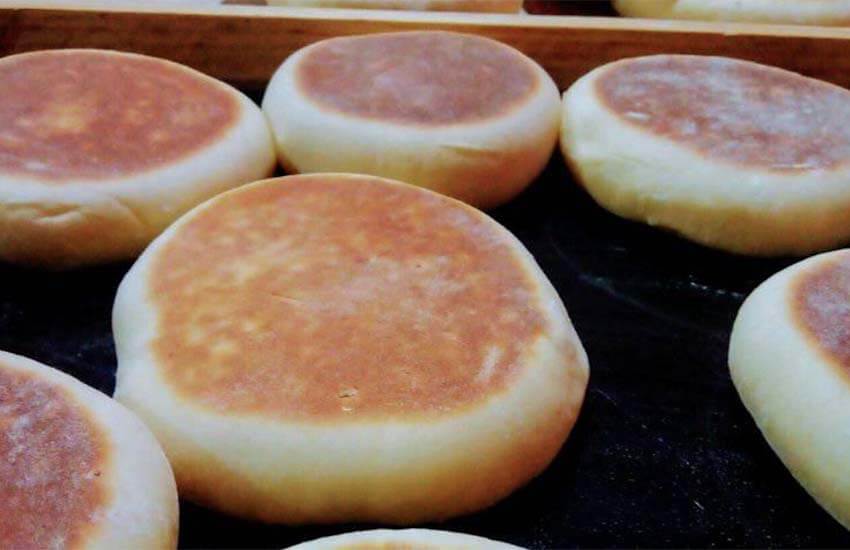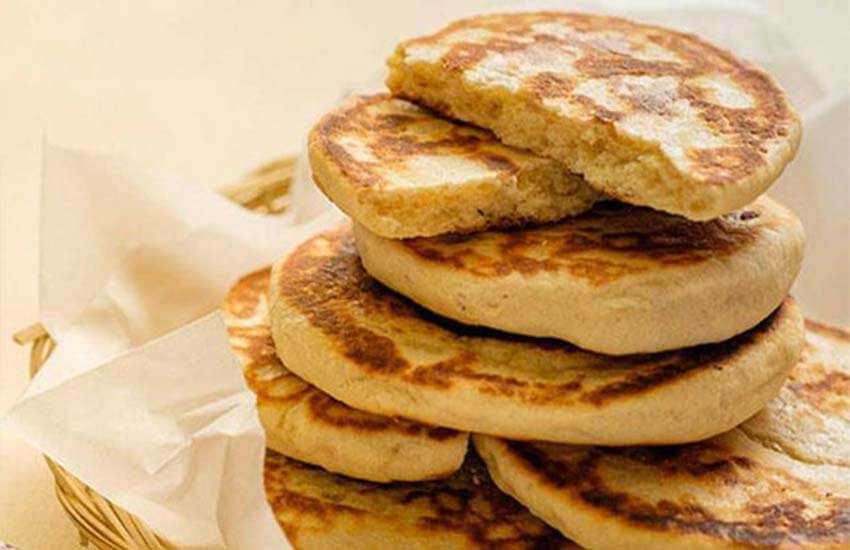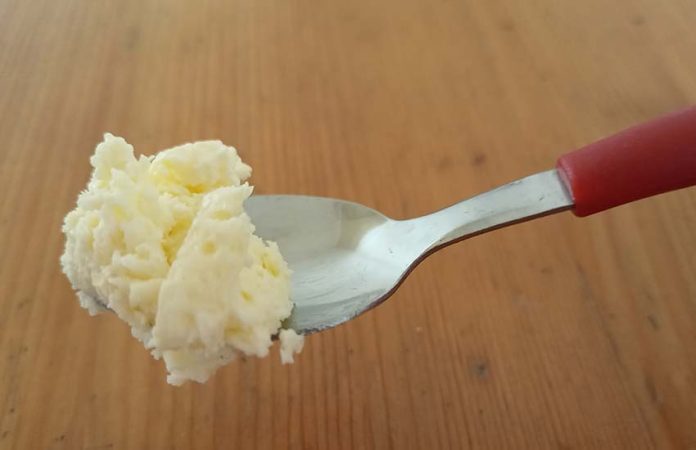Nata is one of those old-school (or old-fashioned) milk products we don’t see around very much anymore. Why? The reason is simple: it can only be made from raw, completely unprocessed milk, which most of us aren’t drinking.
Even “organic” milk sold in a grocery or health food store will be pasteurized (heated to boiling to kill bacteria) and homogenized (the fatty cream is processed into microscopic molecules and emulsified into the milk so it won’t separate).
So what is nata? After raw milk is heated to boiling for pasteurization, as it cools, a layer of fat rises to the top. That rich, creamy semisolid byproduct is nata, a delicacy known mostly to farmers and their families who have their own dairy cows.
It’s called clotted cream by the British, who use it as a beloved spread on scones for afternoon cream tea (also a favorite of hobbits in J.R.R. Tolkien’s books). But classic British clotted cream is made using a slightly more complex process, although the principle is the same. Cornish clotted cream has a PDO (Protected Designation of Origin) like Parmigiano Reggiano, certifying that it was made by the traditional method from milk produced in Cornwall, with a minimum butterfat content of 55%.
I’m fortunate that at Mazatlán’s weekly farmers’ market, there’s a dairy farm that sells nata (along with fantastic cream-top milk, fresh cheeses, yogurt and butter). Farmer Hector Manuel told me locals like to spread it on bread or toast.

Even after tasting it, I can’t really describe it accurately. It’s kind of like butter but with a silky texture and more subtle cream flavor. And it’s naturally sweet and unsalted — not like crema or sour cream — and not fermented or tart like yogurt or jocoque. Nata is a soft ecru in color and looks like very, very thick heavy cream or mashed butter.
I discovered that nata also works great in pasta primavera or alfredo sauce. Having many of the same qualities as butter, albeit with a slightly different (dare I say richer?) flavor, you’ll find it a delicious addition, even if you just stir it into some spaghetti with a little fresh Parmesan, some salt and freshly ground pepper. You can also add a dollop to soups and stews, baked potatoes (regular or sweet) or plantains, risotto or other rice dishes. In some parts of England, clotted cream is used in the making of ice cream.
If you can find fresh nata from a farmer, I encourage you to get it. Nata can also be found commercially packaged in small eight-ounce containers in the refrigerated dairy section, and while it won’t be quite the same, you may want to try it anyway. There are also recipes to make nata at home, but it won’t be the “real thing” — they’re just a mixture of whipping cream, butter and media crema to imitate the rich, natural goodness of actual fresh nata.
Gorditas de Nata #1
- 1 cup nata
- 2 cups flour
- 1 Tbsp. baking powder
- Pinch salt
- 3 Tbsp. sugar
- 1 egg
- 1 tsp. vanilla
Mix flour, baking powder, salt and sugar. Add the nata, egg and vanilla; mix gently to form a smooth, firm dough. (If necessary, add a bit of milk.)
Shape into balls, then flatten to 2½-inch rounds. Cook on a preheated comal, cast-iron frying pan or coated skillet over low heat until cooked through and browned on both sides, turning once. They will puff up a little.

Gorditas de Nata #2
These will be sweeter and softer than the recipe above.
- 1¼ cups nata
- 3 eggs
- 1 can condensed milk
- 4½ cups wheat flour
- 1½ Tbsp. vanilla
- 2½ Tbsp. baking powder
Using a mixer or food processor, mix the condensed milk with the nata, vanilla and eggs. Mix flour and baking powder. Add to mixture little by little to form a smooth dough.
On a floured surface, roll out dough to about ½-inch thick. Cut rounds with a cookie cutter or rim of a glass. Cook on a preheated comal or cast-iron skillet over low heat until they puff up. Flip and cook until lightly browned on both sides. You may have to flip them twice for them to be cooked through.
Janet Blaser is the author of the best-selling book, Why We Left: An Anthology of American Women Expats, featured on CNBC and MarketWatch. She has lived in Mexico since 2006. You can find her on Instagram at @thejanetblaser.
